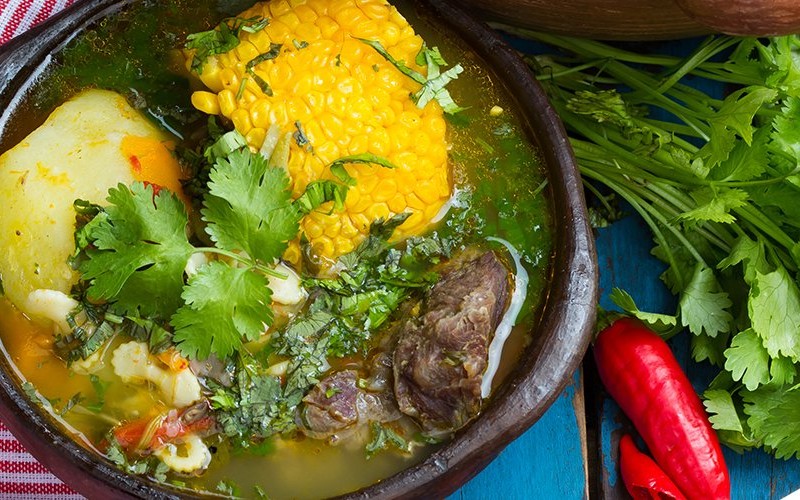Latin American Foods: Good for You or the Cause of Obesity?
Despite the stereotypes, Latin American food is often the gateway to a healthier diet, not the opposite. We explore the origin of the ‘unhealthy’ stereotype in popular culture.

When people think of Latino and Latin American foods, it’s common for their minds envision dishes heavy in fats and carbs, like loaded nachos, chimichangas, or churros. These foods, though delicious, have contributed to a prevailing misconception that Latino cuisine is inherently unhealthy. However, this viewpoint fails to capture the depth, diversity, and nutritional wealth inherent in Latino cuisine.
Why Are Latino Foods Often Deemed Unhealthy?

The perception that Latino foods are unhealthy primarily stems from the lack of understanding and appreciation of the diversity within the cuisine. What often gets showcased outside of Latino communities are the indulgent, party-centric dishes that often have American origins or influence, rather than the everyday traditional meals.
Many of these “Latino” dishes have been heavily Americanized or westernized, frequently leading to an increase in fats, sugars, and processed ingredients that weren’t initially present.
Additionally, the industrialization of the food industry, not unique to Latino cuisine, has resulted in a high prevalence of highly processed and fast food options. The fast-food variants of Latino dishes are usually laden with excessive fats, sugars, and sodium, further contributing to the unhealthy stereotype.
The Nutritious Side of Latino Cuisine

In reality, traditional Latino cuisine is a treasure trove of healthful foods that are rich in fruits, vegetables, lean proteins, and whole grains. Many Latino dishes are based on indigenous diets, with a heavy emphasis on natural, fresh ingredients. Beans, avocados, tomatoes, corn, squash, chiles, and various other vegetables and fruits are all staples in Latino cuisine, each loaded with vital nutrients.
An often overlooked component of Latino cuisine is the consumption of insects, which are surprisingly nutritious. Insects like chapulines (grasshoppers) are commonly eaten in parts of Mexico and are rich in protein, vitamins, and minerals.
Also, Latino cuisine emphasizes balance and portion control. Meals often include a variety of food groups, ensuring a well-rounded nutrient intake. For instance, a traditional meal might consist of a protein source, like chicken or fish, accompanied by beans, rice, and a salad or grilled vegetables.
Can we change the way we think about Latino foods?

Our food choices and eating habits are greatly shaped by our cultural backgrounds. Getting to know and appreciate the healthy and varied parts of Latino cuisine doesn’t mean we forget our own cultural roots, but rather, we’re understanding and celebrating them in their true form.
To change the way people think about Latino foods, we need to learn more about it ourselves and teach others about the healthy and wide-ranging parts of this cuisine. We need to move beyond the typical fast-food image and explore the real cooking traditions that make up Latino food.
By showcasing Latino chefs, who are proud of their culture’s traditional and healthy dishes, we can make it clear that Latino food and unhealthy eating are not the same thing.
We can learn a lot from Latino cultures. For example, the tradition of eating meals as a family has been tied to healthier eating habits and smarter food choices. Also, the focus on fresh, local ingredients is not just good for our health, but also supports environmentally friendly and ethical food habits.
It’s time to better understand Latino cuisine, moving beyond the unhealthy stereotypes and welcoming its rich, varied, and healthy dishes. By doing this, we’re not just respecting a wide-ranging food tradition, but also supporting healthier, sustainable eating habits.




